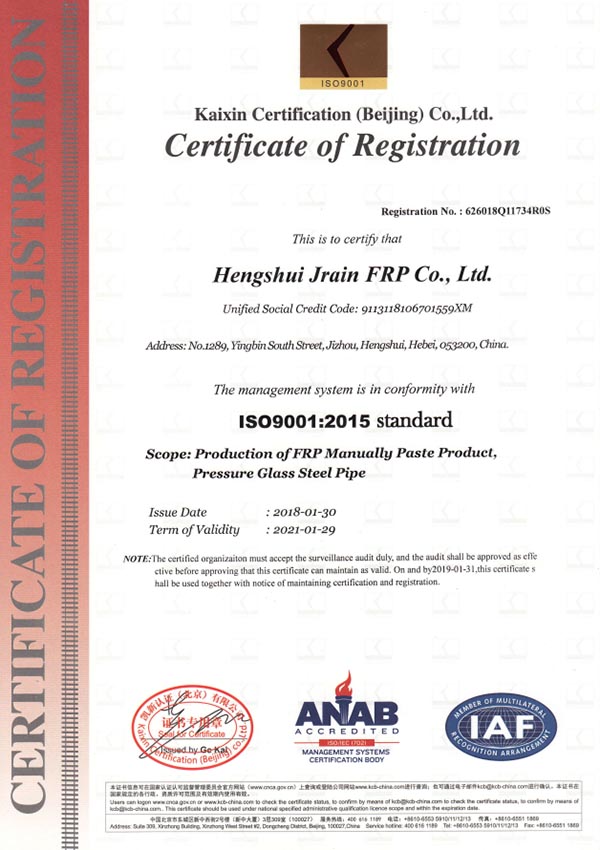
-
 Afrikaans
Afrikaans -
 Albanian
Albanian -
 Amharic
Amharic -
 Arabic
Arabic -
 Armenian
Armenian -
 Azerbaijani
Azerbaijani -
 Basque
Basque -
 Belarusian
Belarusian -
 Bengali
Bengali -
 Bosnian
Bosnian -
 Bulgarian
Bulgarian -
 Catalan
Catalan -
 Cebuano
Cebuano -
 China
China -
 China (Taiwan)
China (Taiwan) -
 Corsican
Corsican -
 Croatian
Croatian -
 Czech
Czech -
 Danish
Danish -
 Dutch
Dutch -
 English
English -
 Esperanto
Esperanto -
 Estonian
Estonian -
 Finnish
Finnish -
 French
French -
 Frisian
Frisian -
 Galician
Galician -
 Georgian
Georgian -
 German
German -
 Greek
Greek -
 Gujarati
Gujarati -
 Haitian Creole
Haitian Creole -
 hausa
hausa -
 hawaiian
hawaiian -
 Hebrew
Hebrew -
 Hindi
Hindi -
 Miao
Miao -
 Hungarian
Hungarian -
 Icelandic
Icelandic -
 igbo
igbo -
 Indonesian
Indonesian -
 irish
irish -
 Italian
Italian -
 Japanese
Japanese -
 Javanese
Javanese -
 Kannada
Kannada -
 kazakh
kazakh -
 Khmer
Khmer -
 Rwandese
Rwandese -
 Korean
Korean -
 Kurdish
Kurdish -
 Kyrgyz
Kyrgyz -
 Lao
Lao -
 Latin
Latin -
 Latvian
Latvian -
 Lithuanian
Lithuanian -
 Luxembourgish
Luxembourgish -
 Macedonian
Macedonian -
 Malgashi
Malgashi -
 Malay
Malay -
 Malayalam
Malayalam -
 Maltese
Maltese -
 Maori
Maori -
 Marathi
Marathi -
 Mongolian
Mongolian -
 Myanmar
Myanmar -
 Nepali
Nepali -
 Norwegian
Norwegian -
 Norwegian
Norwegian -
 Occitan
Occitan -
 Pashto
Pashto -
 Persian
Persian -
 Polish
Polish -
 Portuguese
Portuguese -
 Punjabi
Punjabi -
 Romanian
Romanian -
 Russian
Russian -
 Samoan
Samoan -
 Scottish Gaelic
Scottish Gaelic -
 Serbian
Serbian -
 Sesotho
Sesotho -
 Shona
Shona -
 Sindhi
Sindhi -
 Sinhala
Sinhala -
 Slovak
Slovak -
 Slovenian
Slovenian -
 Somali
Somali -
 Spanish
Spanish -
 Sundanese
Sundanese -
 Swahili
Swahili -
 Swedish
Swedish -
 Tagalog
Tagalog -
 Tajik
Tajik -
 Tamil
Tamil -
 Tatar
Tatar -
 Telugu
Telugu -
 Thai
Thai -
 Turkish
Turkish -
 Turkmen
Turkmen -
 Ukrainian
Ukrainian -
 Urdu
Urdu -
 Uighur
Uighur -
 Uzbek
Uzbek -
 Vietnamese
Vietnamese -
 Welsh
Welsh -
 Bantu
Bantu -
 Yiddish
Yiddish -
 Yoruba
Yoruba -
 Zulu
Zulu
extension of a threaded rod how to properly extend a
Properly Extending a Threaded Rod A Comprehensive Guide
Threaded rods are versatile components widely used in various engineering and construction applications. They serve as anchors, supports, or fasteners, enabling a robust and adjustable connection between different parts. However, there are instances where you may need to extend a threaded rod to achieve the desired length for your project. This article will guide you on how to properly extend a threaded rod, ensuring safety and efficiency.
Understanding Threaded Rods
Before delving into the extension process, it is crucial to understand the structure and purpose of threaded rods. These elongated cylindrical rods have equal threads along their lengths, providing significant tensile strength. Available in various materials such as steel, stainless steel, and aluminum, threaded rods are categorized by their diameter and thread pitch, which determines the spacing of the threads.
Methods for Extending a Threaded Rod
There are generally two methods to extend a threaded rod using a coupling nut or welding
.1. Using a Coupling Nut - Select the Right Coupling Nut Choose a coupling nut that matches the diameter and thread pitch of your existing threaded rod. This ensures a secure and tight fit. - Thread the Rods Screw one end of the existing rod into one side of the coupling nut. Utilize a wrench to ensure it is tight, but avoid excessive force which could damage the threads. - Attach the Extension Take the additional length of threaded rod and screw it into the other side of the coupling nut. Again, use a wrench to ensure a firm connection. - Check Alignment Before proceeding, double-check that the entire assembly is straight. Any misalignment can lead to structural weaknesses.
extension of a threaded rod how to properly extend a

2. Welding - Safety Precautions Before welding, wear appropriate safety gear including gloves, goggles, and a welding mask. - Clean the Surfaces Ensure both ends of the rods to be joined are clean and free from rust or paint. - Align the Rods Position the rods end-to-end and ensure they are aligned properly. Using clamps can help to secure the pieces during the welding process. - Perform the Weld Use the appropriate welding technique (such as MIG or TIG) to weld the rods together. Make sure to evenly heat and move along the joint to create a strong bond. - Cool and Inspect Allow the weld to cool down before performing any tests. Inspect the joint for any gaps or weak areas.
Final Steps and Considerations
After extending your threaded rod using either method, it’s crucial to perform integrity checks. Use a torque wrench to apply the correct amount of torque to the assembly, as specified by project requirements. It’s equally important to consider the load-bearing capacity of the extended rod, ensuring that it meets the demands of your specific application.
Make sure that the extended connection is properly secured in its application. Any vibrations or movements could loosen the connection over time, leading to potential failures. Regular maintenance checks are advisable to maintain the integrity of the assembly.
Conclusion
Extending a threaded rod is a straightforward process if done correctly. By choosing the right method—either using a coupling nut or welding—you can achieve secure and effective extensions. Always prioritize safety and adherence to engineering standards to ensure the durability and reliability of your threaded rod applications.









